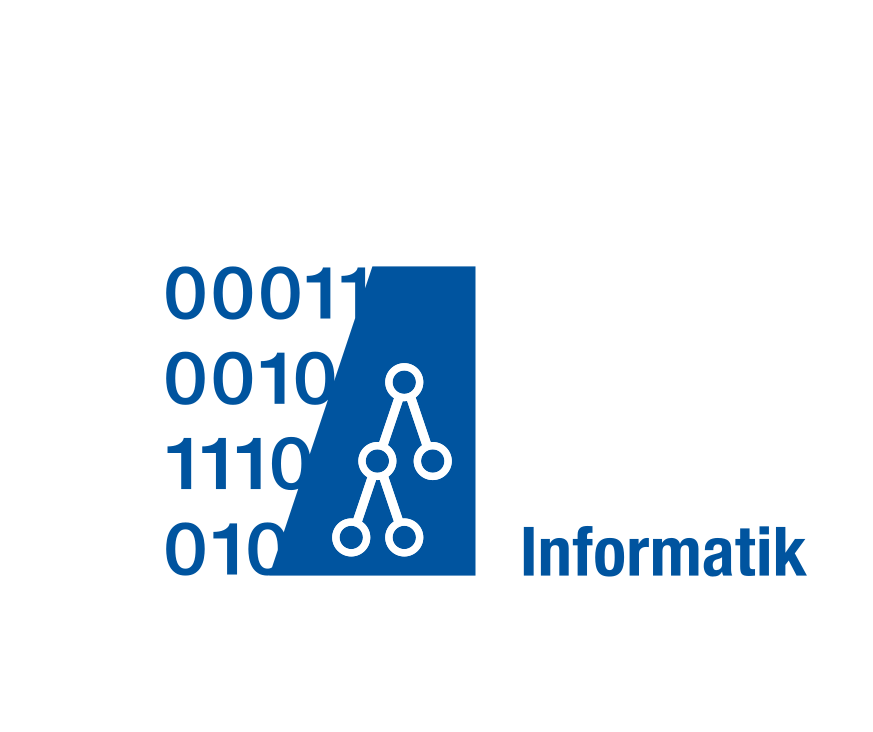Model-Driven Engineering of Smart Home Applications

Room: Lab Room, SE chair
Kick-Off Meeting: TBA, virtual via Zoom.
Supervising Assistants: Course Type: Practical Course
Course ID: TBA
Subject: Model-Driven Engineering of Smart Home Applications
Kick-Off Meeting: TBA, virtual via Zoom.
Lecturer:
Prof. Dr. Bernhard RumpeSupervising Assistants: Course Type: Practical Course
Course ID: TBA
Subject: Model-Driven Engineering of Smart Home Applications
The Internet of Things (IoT) connects everyday objects with each other and with the Internet. This allows IoT applications to react to and influence their environment. For example, a fire alarm system could connect not only to the alarm system but also to the lights of the building and warn deaf people of a fire by repeatedly switching the lights on and off. Model-driven engineering enables building complex systems of systems to overcome the challenges that arise in IoT applications, such as:
- Behavior Specification: Define how the data flows between the software components to achieve your desired functionality
- Interoperability: Connect devices, sensors, and actuators
- Deployment: Analyze which devices are supposed to execute which software and actually let the devices execute that software
- Applying model-driven engineering and code generation in a real-world scenario
- Manifesting the dynamic aspects of smart home applications in an ADL
- Agile software development in small teams
- Deploying applications to cyber-physical systems
Preconditions:
Mandatory:
- Java
- Git
- Lecture: Model-based Software Engineering
- C++
- Lecture: Software Language Engineering


